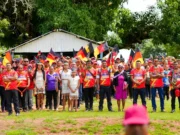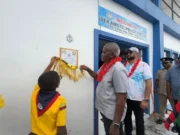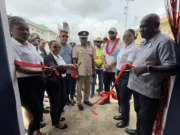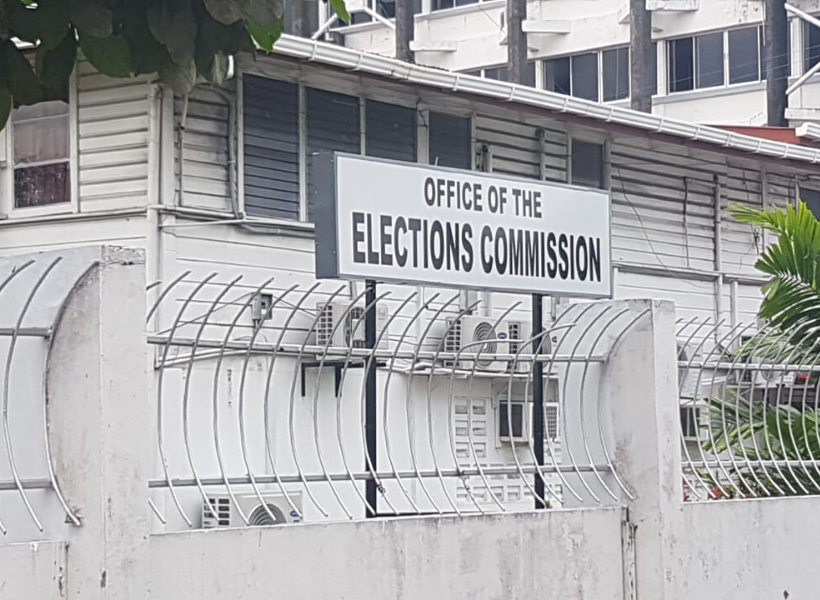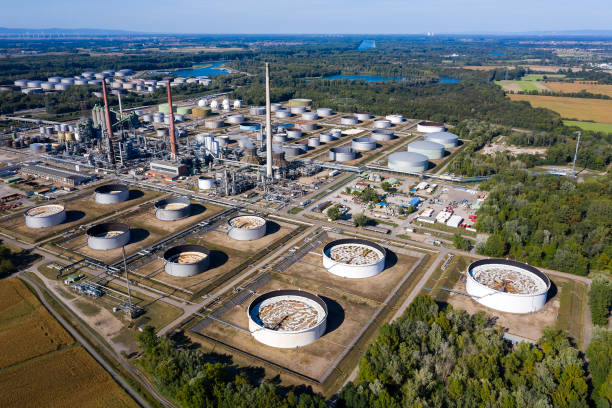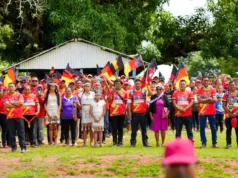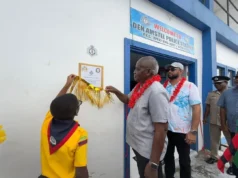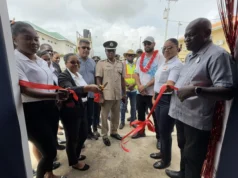By Sueann Wickham
Latin America and South America have emerged as prominent hotspots for deepwater projects and exploration activities. However, the region faces challenges when it comes to gas monetization, particularly due to the lack of sufficient gas infrastructure.
Retired geologist, Eddy Ong, highlighted this concern in a recent report titled, “The South American Margin: Musings from the desk of a retired geologist.” In his report, he emphasized that the current situation lacks a long-term solution.
One notable exception he said is the Government of Guyana, which has successfully found a means of monetizing gas from the Liza One and Two drilling operations being executed by an ExxonMobil-led consortium in the prolific Stabroek Block. Through its Gas-to-Energy project, approximately 50 million standard cubic feet of gas from the Liza One and Two developments will be transported through a pipeline to onshore facilities at a gas processing facility in the Wales Development Zone. A portion of the gas will be used for generating electricity, while the rest will support the expansion of the nation’s petrochemicals industry.
Taking further steps, the Guyanese administration has also formulated a comprehensive gas strategy to monetize gas not only from the Liza field but also from other promising discoveries outside it. Earlier this year, the Vice President Dr. Bharrat Jagdeo acknowledged that beyond the Liza field, Guyana is blessed with other significant gas finds in the Stabroek Block, such as Haimara-1 and Pluma-1. Taking this into consideration, he said the government needed to initiate discussions on how to utilize these resources effectively. Jagdeo also highlighted the southern part of the Stabroek Block as being rich in gas and mentioned that the National Gas Strategy will serve as a roadmap for its optimal utilization.
Nevertheless, in his report, the retired geologist noted that despite the challenges faced in South America, the region has seen significant activity since 2015 with Brazil and Guyana taking the lead. He said, “Since 2015, Brazil and Guyana have been the focal point of activity in the region. As the site of some of the most exciting discoveries over the last few years, the Guyana basin is firmly established as one of the world’s exploration hotspots. And by 2025, Brazil will produce a third of global deepwater volumes”.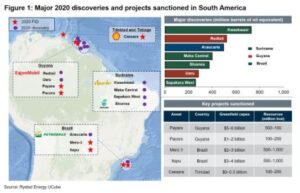
A major success story in the region he said is the Liza Complex (Liza One and Two), being operated by Exxon which is now considered one of the largest and best deepwater projects globally. Ong praised its impressive combination of attractive fiscal terms, resource scale, and reservoir quality, which have contributed to Liza’s world-class returns, making it comparable to Brazil’s best pre-salt discoveries.
As a result of Liza’s success, exploration interest has surged, attracting numerous companies eager to capitalize on the next significant discovery in the wider Equatorial Margin. According to Ong, the area is now home to various players, including major oil and gas companies, as well as leading independent operators.
While gas monetization remains a challenge for the region, Guyana clearly stands out as a positive example, successfully pushing the formulation of a gas strategy and finding effective solutions for resource utilization.
